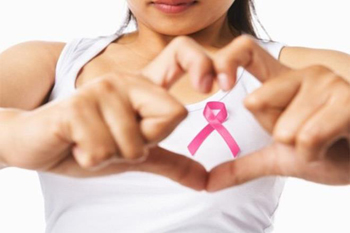Washington, Apr 3: A chemical commonly found in hard plastics, currency bills and paper receipts may increase the aggressiveness of breast cancer, a new study has found.
 Bisphenol S (BPS) used in the plastic industry, shows the potential for increasing the aggressiveness of breast cancer through its behaviour as an endocrine-disrupting chemical, researchers said.
Bisphenol S (BPS) used in the plastic industry, shows the potential for increasing the aggressiveness of breast cancer through its behaviour as an endocrine-disrupting chemical, researchers said.
Researchers from Oakland University in the US studied the effects of BPS on estrogen receptor-alpha and the BRCA1 gene.
Most breast cancers are estrogen receptor positive, and, according to the US National Cancer Institute, 55 to 65% of women who inherit a harmful mutation in the BRCA1 gene will develop breast cancer.
Using two commercially available breast cancer cell lines obtained from women with estrogen-receptor-positive breast cancer, the research team exposed the cancer cells to varying strengths of BPS or to an inactive substance as a control.
“We also treated the breast cancer cells with estradiol (estrogen) and found that BPS acted like estrogen in multiplying breast cancer cells”, said Sumi Dinda of Oakland University.
Compared with the control, BPS heightened the protein expression in estrogen receptor and BRCA1 after 24 hours, as did estrogen, Dinda said.
After a six-day treatment with BPS, the breast cancer cells in both cell lines reportedly increased in number by 12% at the lowest dose (four micromolars) and by 60% at eight micromolars, he added.





Comments
Add new comment